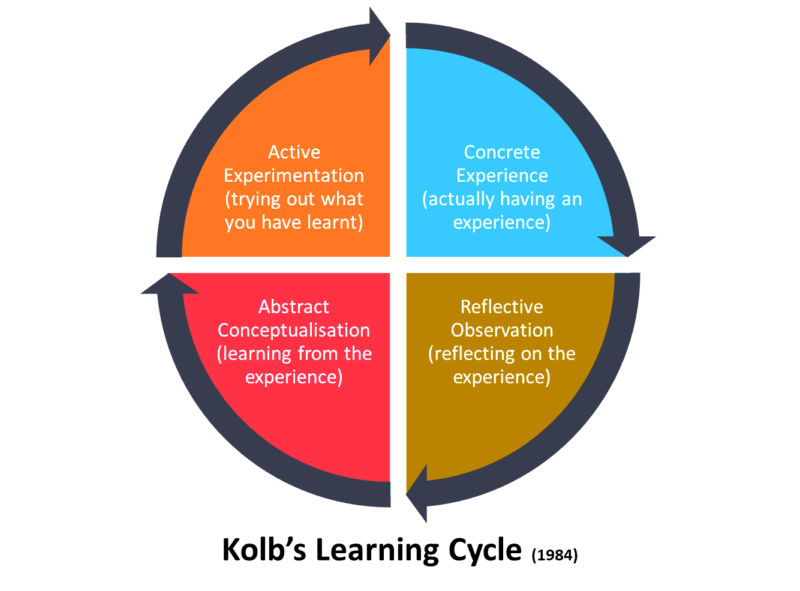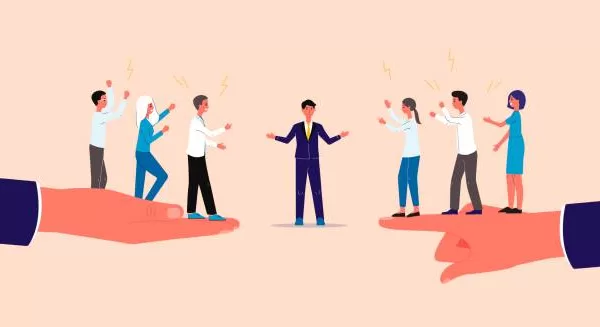How To Create Effective Learning Within Your Organisation
Effective learning inside an organization is essential, both for workers to attain their full potential and for the organization as a whole to grow.
Organizations should consider assessing what is accessible for each employee as well as the many types of learning available to ensure effective learning. You don’t want to waste time and money attempting to teach personnel in methods that aren’t going to help them the most. To make learning as efficient as possible, effective learning allows the proper learning strategies to be deployed to the right employees.

Effective Learning Techniques: How To Determine Them?
Learning that works. According to the Learning Cycle, effective learning occurs when the person being instructed has had hands-on experience or has participated in a training course or team development program. They have then understood this for themselves, digested it, and comprehended what they have been taught. The final step is to put their new understanding into practice.
For a better understanding of this cycle, consider a child learning that a fire is hot. They learn not to put their hand near a fire because it will burn them, and they will not do it again. As a result, the Learning Cycle is effectively completed.
Styles of Learning
Honey and Mumford’s (1982) Learning Styles theory hinges on the recognition that different people have varied preferences. They came up with the hypothesis that each of us prefers one of Kolb’s Learning Cycle’s four stages over the others. This means that training in our favored aspect makes us more responsive to it.
Theorist
These people are interested in the theory behind things. To completely engage with learning, they must draw on concepts and facts. They prefer to be intellectually challenged by facts and come up with their own theories or conclusions.
Learning Techniques
- Models
- Quotes
- Facts
- Statistics
- Theories
- Background Information
Reflector
These individuals prefer to learn through observing others. They prefer to take a backseat and observe what others are doing. They prefer to view things from the edges, as this allows them to acquire several pieces of evidence and develop their own conclusions from watching activities from various angles.
Learning Techniques
- Self-analysis
- Observation
- Feedback
- Coaching
Activist
These students enjoy being tossed into the deep end. They enjoy being thrown into things right away. They have an open mind and are willing to try new things and try new ways of working. They are frequently successful in times of adversity.
Learning Techniques
- Solving Issues
- Puzzles
- Role-playing
- Group Projects
Pragmatist
Pragmatists must observe how things work in practice. They have a hard time relating to activities that aren’t realistic. They are always looking for ways to put what they are learning into practice to assess how well it holds up. They concentrate on the outputs and how they will be implemented.
Learning Techniques
- Problem Solving
- Ability to put the training to the test
- Study of Cases
- Discussion
Using Learning Styles To Facilitate Effective Learning
Effective learning occurs when a person’s learning style is identified and they are given the opportunity to study in that manner. Before beginning any training within the organization, it would be useful to learn how your staff learn the most effectively. The Learning Styles are a good predictor of how well employees will respond to different types of training. Regardless, just because individuals have a preference does not rule out the possibility of learning through other means. When doing training, the focus should always be on the training and how to deliver it to employees as effectively as possible. It is a reality of life that training cannot always be presented in a way that all personnel like. However, experimenting with different learning styles can help you learn more effectively.




